William Lyon Mackenzie was a Scottish born journalist who eventually found his way to the colonies at the end of the Napoleonic Wars (1820). He may have passed through Partridge Island; there are no immigration records for this period and Grosse-Île didn’t open until 1830.
Before his life as a member of the Legislative Assembly and the President of the Republic of Canada, he was an active politician in Toronto who pushed for political reform, equality, and clean government.
Unfortunately, the government he wanted to “clean” was dominated by the Irish Orange Order, in a city that is often called the epicentre of Canadian Orangeism (Toronto). As such, the Orange Order frequently showed up at politically rallies to attack Mackenzie and his supporters.
This led Mackenzie to eventually form and lead the 1837 Upper Canada Rebellion, a short-lived skirmish that had far reach political consequences for Canada. The rebellion was squashed almost immediately and Mackenzie fled the country.
Two of Mackenzie’s many supporters, Peter Matthews and Samuel Lount, also attempted to flee but were caught, tried, convicted of treason, and publicly executed as “an example” to other Mackenzie supporters. They were deemed traitors to the crown and originally buried in the Yorkville Potter’s field in 1838 (because traitors cannot be buried in consecrated ground).
However, the rebellion was the beginning of a change in Canada, and William Lyon Mackenzie eventually returned to Toronto and became Prime Minister of Canada. Twenty years after their very public hanging, Matthews and Lount were exhumed and moved to the Necropolis (1859). Mackenzie oversaw the move and reburial.
Two years later (1861), Mackenzie passed away and joined the two men in the Necropolis.
Mackenzie House
The three-storey brick house (1858) that Mackenzie lived in during his last years still stands in its original location; this house was purchased for an impoverished Mackenzie by friends and supporters.
It’s not hard to find though it sits rather unassumingly across the street from a private school and between larger modern brick apartment buildings. If Mackenzie hadn’t have lived in this Greek Revival row house, it’s likely it would have been torn down decades ago.
I popped by because the house is rumoured to be one of the most haunted houses in Canada. Unfortunately, the house has limited opening hours and I could never seem to find a way to visit when it was open.
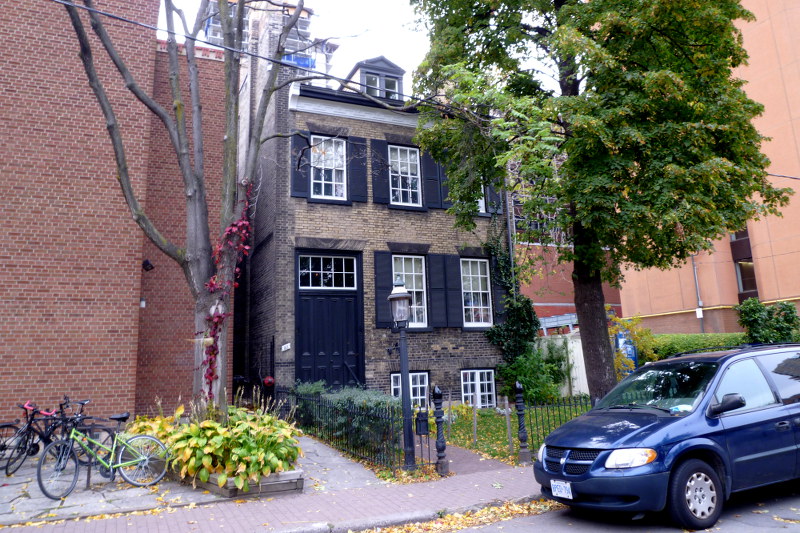
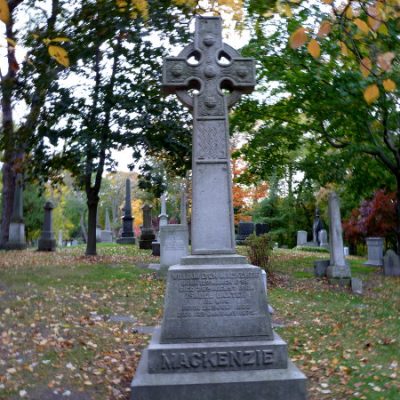
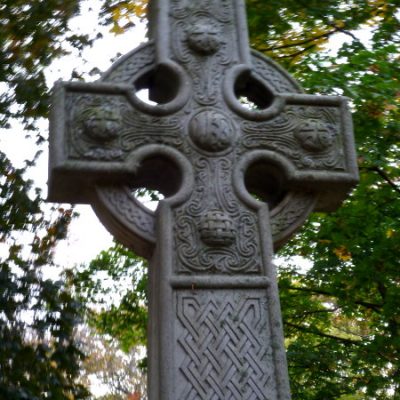
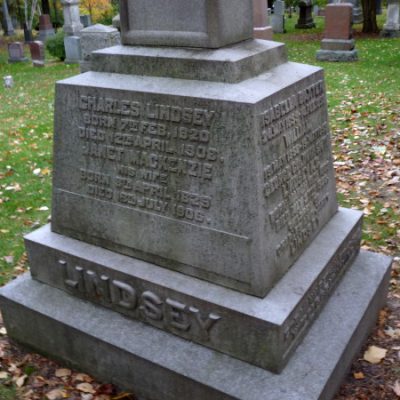
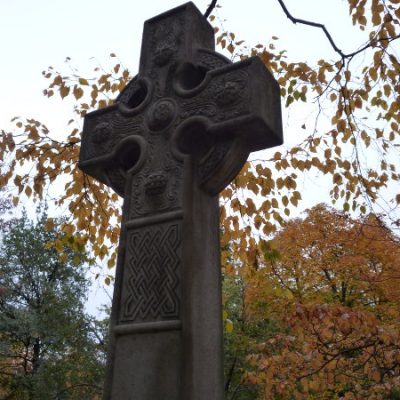
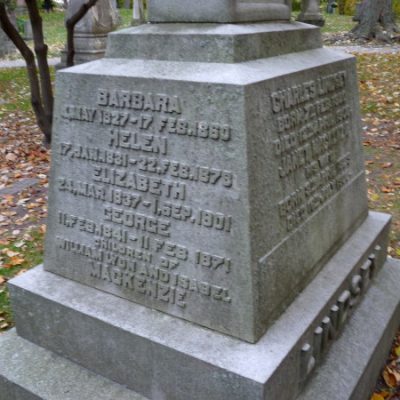
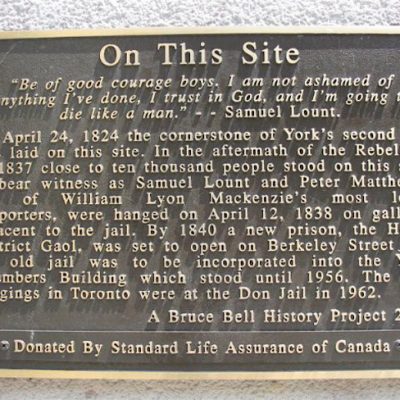
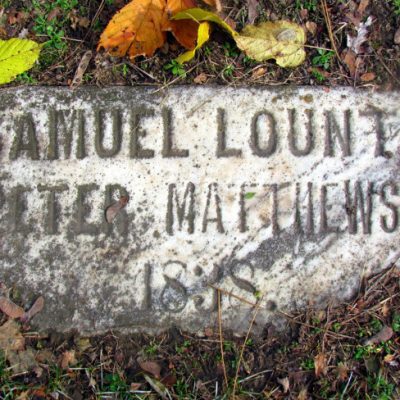
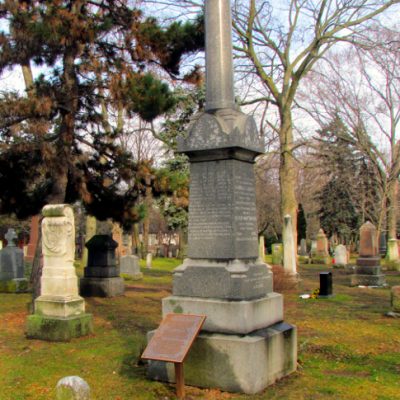
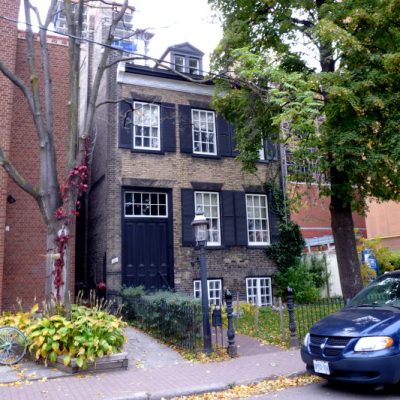
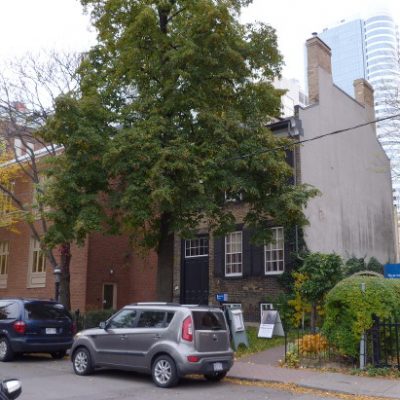
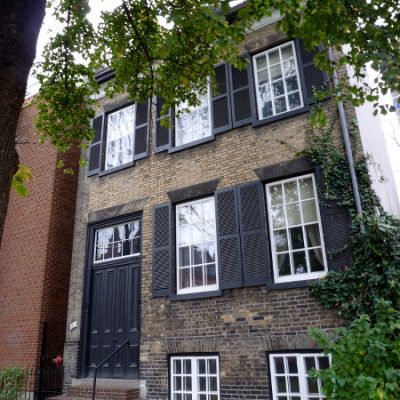
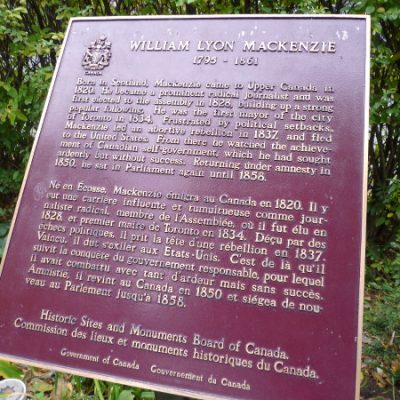
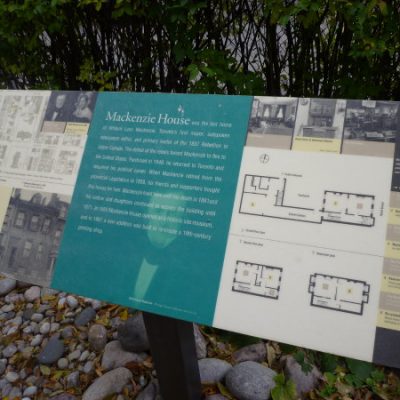
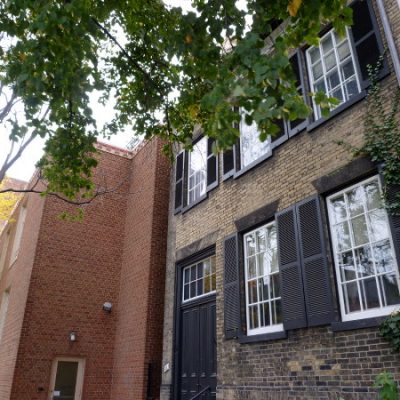
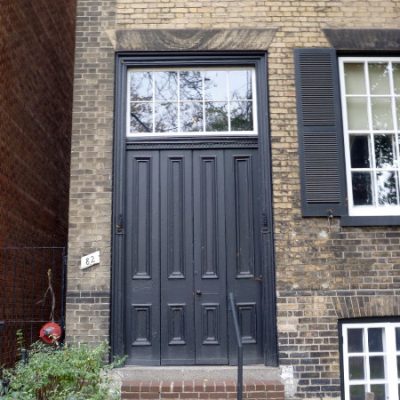
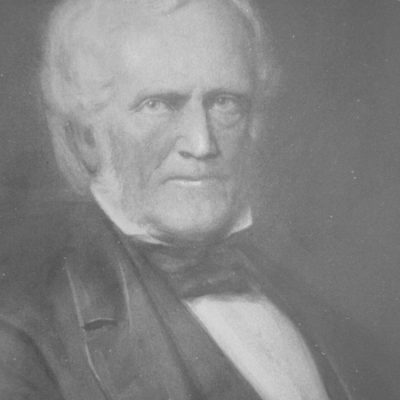
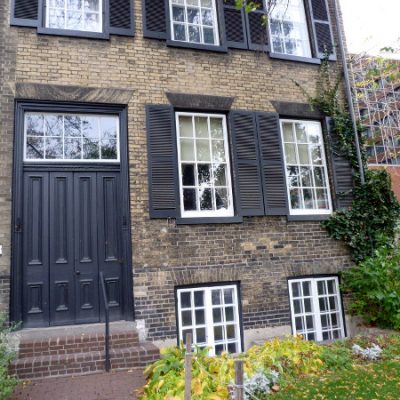
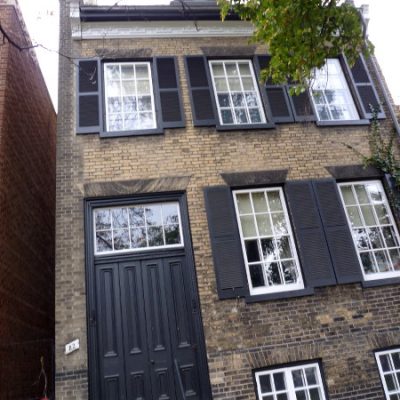
Since Canada didn’t have PM’s until 1867 (John A. MacDonald) and MacKenzie died on August 28, 1861, he was only involved in politics in Upper Canada.